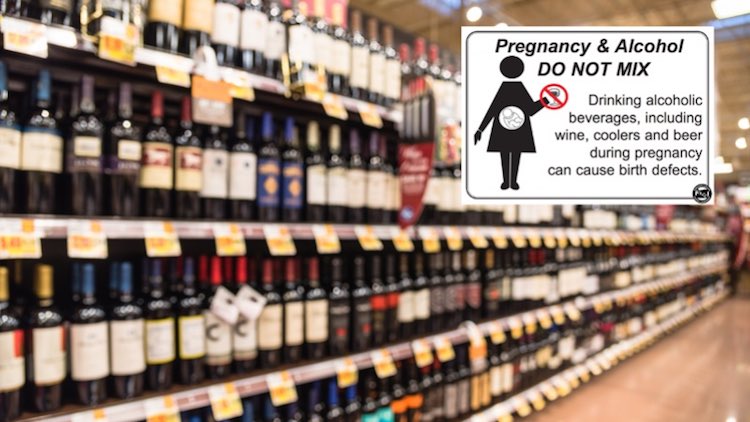The signage varies but the message is working; drinking by pregnant women is down 11% in states requiring point-of-sale warning signs.
According to a health economist at the University of Oregon, the benefits to heeding the warnings show up in fewer extremely premature births (less than 32 weeks gestation) and very-low-birth-weight babies (less than 3.5 pounds). The biggest effects are seen among those with the most drinking behavior – women aged 30 and older.
RELATED: Thousands of Indian Doctors Fight Sexism by Delivering Baby Girls For Free
“The signage is working,” said Cil, a visiting instructor in the Department of Economics. “Drinking alcohol while pregnant has been an issue that many policies have tried to address over the last few decades. An 11% change in the prevalence of drinking is not trivial. It is big enough to show up in the birth outcomes.”
The study involved regression analyses of data available in two national sources and information from the 23 states and Washington, D.C., which have adopted such signage, and a group of states that have not. The study’s control group included women who had lived in non-adopting states and women who lived in adopting states before signage requirements were implemented.
The primary data source was the National Vital Statistics Natality Detail Files, a collection system based on information obtained on birth certificates. The focus was on data from 1989, when information on alcohol consumption during pregnancy was required, to 2010.
Data also came from the Behavioral Risk Factor Surveillance System, 1985-2010. The system, Cil said, gathers information that women were likely to freely share about their drinking patterns during the previous 30 days before taking the telephone-based survey.
MORE: India Doubles Paid Maternity Leave, Making it 3rd Best Worldwide
Her analytic approach to compare data from sign-adopting states and states not using signage allowed Cil to identify the direct relationship between drinking while pregnant and birth outcomes, reducing the likelihood that other factors such as cigarette smoking, drug abuse, nutritional deficiencies and other risky life choices were at play in behavioral changes.
Point-of-sale signage, she said, appears to be an effective, low-cost approach to protect the health of pregnant women and the babies they carry.
“Some people never get exposed to these kinds of educational campaigns,” Cil said, adding that the signage that she saw at a Eugene grocery store, which sparked her study, reinforced what she already knew about drinking while pregnant. “I found that the issue has never been studied and evaluated as a public education program or public awareness program.”
Cil noted that the signage used in Oregon contain an eye-catching graphic depicting a pregnant woman, while signs used in other states do not. All contain similar language. A future study might explore whether variations in signage – graphics, fonts, colors and language – may best influence behavioral change.
(Source: University of Oregon)
Click To Share The News With Your Friends




















